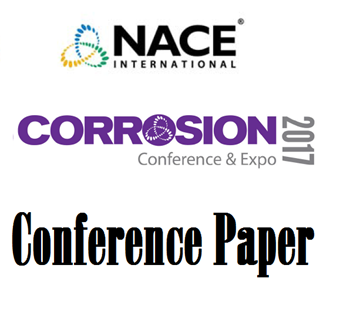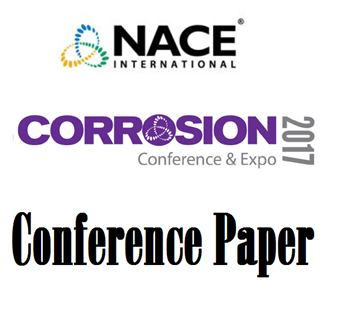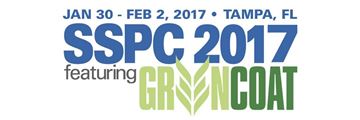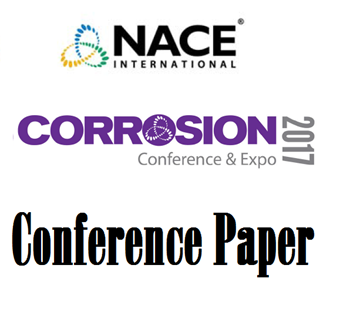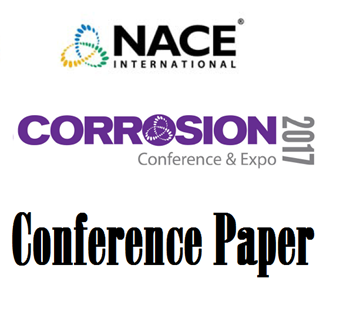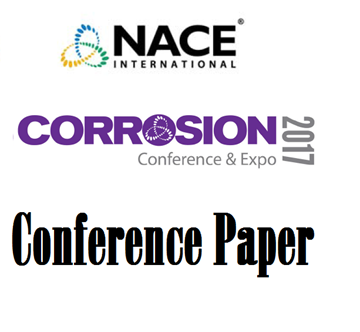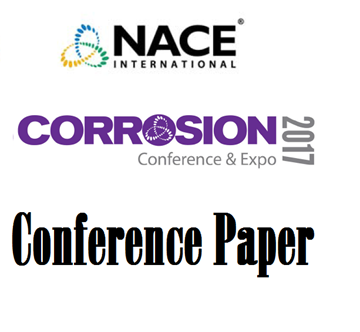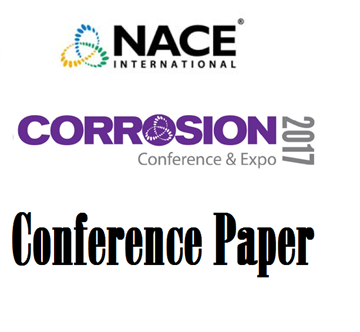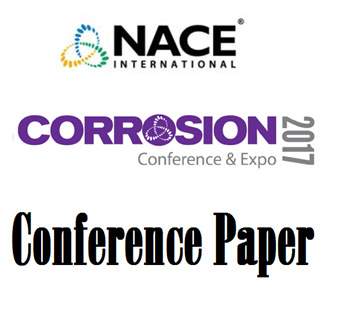Search
Products tagged with '2017 Conference Papers'
View as
Sort by
Display
per page
Hydrogen in Steels: A Critical Review and Recommended Practices
Product Number:
51317--9548-SG
ISBN:
9548 2017 CP
Publication Date:
2017
$20.00
Hydrogeochemical Modelling to Monitor Scaling and Corrosion during Geothermal Energy Production
Product Number:
51317--9044-SG
ISBN:
9044 2017 CP
Publication Date:
2017
$20.00
Hydrophobic Elastometric Coatings for Chemical Resistant Linings
Product Number:
51217-022-SG
Publication Date:
2017
$20.00
Impact of Foam Trench Breakers and Ditch Pads on Pipeline Cathodic Protection
Product Number:
51317--9002-SG
ISBN:
9002 2017 CP
Publication Date:
2017
$20.00
Impact of Pre-Corrosion on Corrosion Inhibitor Performance: Can We Protect Aged Pipelines?
Product Number:
51317--8919-SG
ISBN:
8919 2017 CP
Publication Date:
2017
$20.00
Impact of Surface Finishing on Corrosion Inhibition Performance
Product Number:
51317--9175-SG
ISBN:
9175 2017 CP
Publication Date:
2017
$20.00
Improving the Quality of ECDA Indirect Inspection Data
Product Number:
51317--9038-SG
ISBN:
9038 2017 CP
Publication Date:
2017
$20.00
In Defense of the Monolithic Isolation Joint
Product Number:
51317--8993-SG
ISBN:
8993 2017 CP
Publication Date:
2017
$20.00
In situ Electrochemical Evaluation of Pitting Corrosion of Carbon Steel Pipelines Exposed to Slightly Sour Seawater Service
Product Number:
51317--9416-SG
ISBN:
9416 2017 CP
Publication Date:
2017
$20.00
Increased Productivity and Time Reduction Through Paperless Paint
Product Number:
51217-030-SG
Publication Date:
2017
$20.00
Influence of Anodic Current on Corrosion Protection Conditions of Buried Steel Pipeline Under Cathodic Protection
Product Number:
51317--9021-SG
ISBN:
9021 2017 CP
Publication Date:
2017
$20.00
Influence of Powder Size of the Vapor Corrosion Inhibitor on Inhibiting Effectiveness
Product Number:
51317--8851-SG
ISBN:
8851 2017 CP
Publication Date:
2017
$20.00

